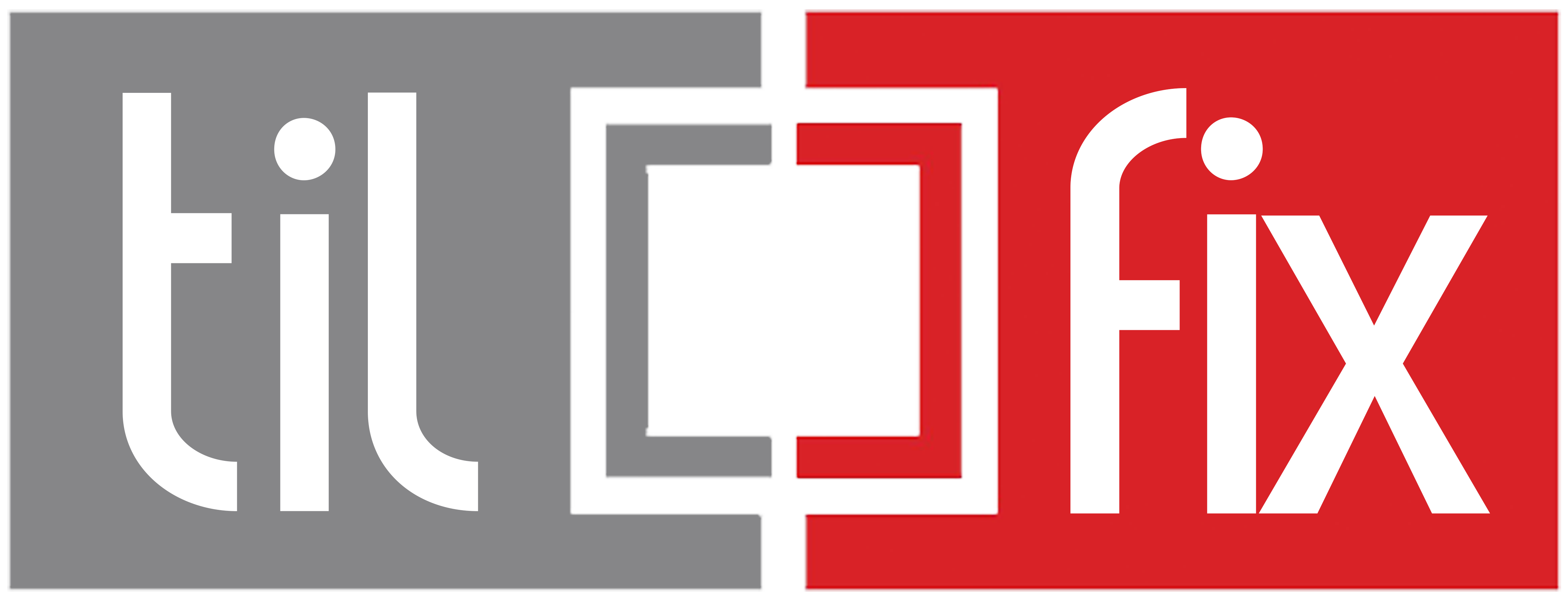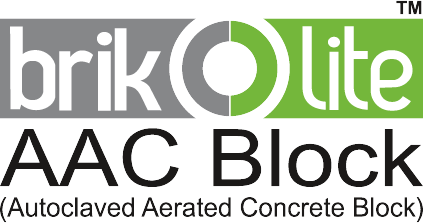Brikolite FAQs
How to prevent cracks in AAC Block?
All concrete blocks are prone to cracks but they can be minimized by taking certain precautions. Some of the reasons behind such cracking are deflection of beams, uneven placing of blocks, structural movements due to Thermal expansion or change in moisture content. One way to avoid this is to delay the use of the blocks till equilibrium moisture content is reached.
The first course of blocks should be given at least 24 hours to set. Even the framed structure should be given enough time to cure so any change in structure can be noticed. Control joint of 10 mm must be given after every 3 meter from bottom to the top of the wall and the joints must be filled with some resilient material. Expansion joint tiles must be given after every 3rd course and placed between gaps of control joint.
Bond beam must be given after every 1200 mm in height using reinforcement of two MS rods of 8 mm tied with 6-8 mm steel with a gap of 6”-9”. Minimum thickness of bond beam must be taken 3” with concrete cover 15-20 mm on sides. Bond beam must be discontinuous at control joint.
Steel rods must be embedded in column 5-6 times of its diameter and must be fixed using non shrinkable high strength grout. The Mortar Mix for filling the bond beam can be taken as Cement:Sand in the ratio 1:4. The purpose of bond beam is to give stability and strength to the wall.
After every 3rd course, Wall ties must be used between block and concrete column. Due to excessive change in moisture content, all concrete including AAC exhibit change in volume. This is why it is recommended to delay use of AAC for construction by 10-15 days.




